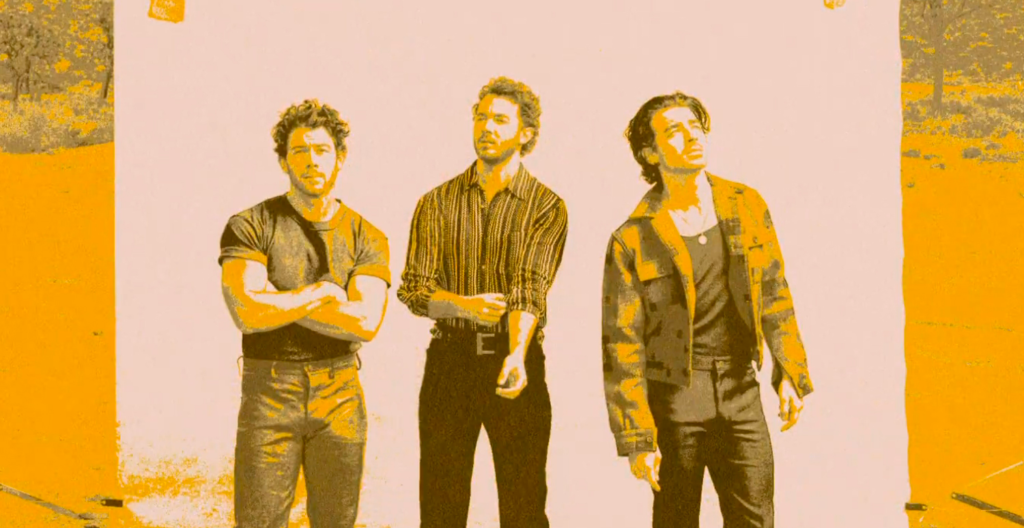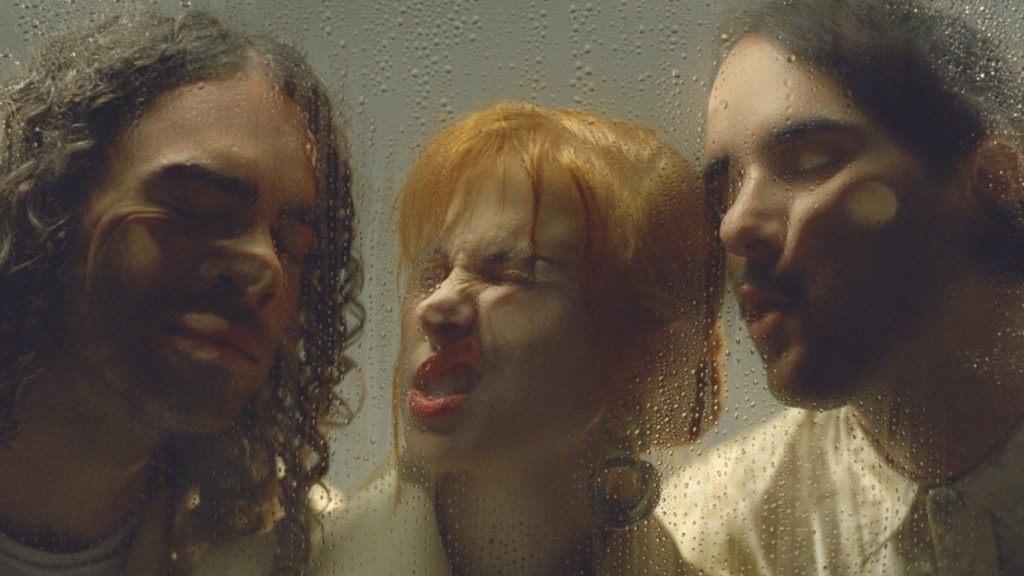The words are probably still ringing in your head. “Hey, I just met you and this is crazy, but here’s my number, so call me maybe.”
“Call Me Maybe” was Carly Rae Jepsen’s breakout hit, an earworm that infected us with the use of cute lyrics, simple beats and Jepsen’s light and sharp vocals. This moment defined Carly’s music career and it had earned her the label “one-hit wonder” from most casual listeners.
To be fair to them, Carly Rae Jepsen’s career hasn’t been all that spectacular on the surface. She placed third in Canadian Idol and made a folksy debut album Tug of War, which received lukewarm success in Canada. What followed next was the pinnacle of her popularity with the release of Call Me Maybe. The single garnered her recognition, but the accompanying album Kiss was critiqued for being “mediocre” and “lazy.” When she came out in 2015 and 2016 with her innovative Emotion and Emotion: Side B albums, critics received it well, writing high praise for her pop that felt complex and precise. Though met with laudatory critiques and spurring a cult following, these albums unfortunately did so-so in sales.
That cult following, though, has grown by leaps and bounds, turning her into something of a folk hero for many listeners. The high praise for her last two releases have been universally grounded on her music style being unpretentious and rooted in the 80’s, a decade people would call the peak of pop music.
Back to the 80’s
The brilliance of Jepsen’s last two releases becomes even more apparent if you have a working knowledge of pop music history, particularly from the early to mid-eighties. From this lens, Jepsen’s craft can be likened to a form of musical alchemy, turning artifacts of nostalgia into songs that are both oddly familiar and entirely fresh.
But first, a brief history lesson: In contrast to the flamboyant excesses brought about by glam rock and its ilk during the mid-to-late 70’s, pop music evolved into something much more stripped down and rhythm-based—music you could actually dance to. With the rise of the synthesizer (or synth) in mainstream pop music, as well as disco music crossing over to the mainstream through acts like ABBA and the Bee Gees, pop music moved away from the concert and towards the club, abandoning the guitar-centric rock compositions of the previous decade for more R&B-influenced fare.
After ABBA and the Bee Gees constituted the first wave of this synthier brand of pop, more artists began to spring from the woodwork, adopting this style of music as their own. Some of them—Michael Jackson, Madonna, Prince, and the like—are still fairly well-known today; however, much more interesting and indicative of the tastes of the times are the lesser-known artists: the one-hit wonders and niche musicians that only hardcore audiophiles or your parents will recognize.
Like all musical trends, though, this one would eventually fade away, as bands like U2 and Nirvana ushered in a renaissance of guitar-driven pop via alt-rock and grunge, respectively. Still, 80’s synth-pop has inextricably embedded itself into pop music’s DNA, and, if you listen closely, you can hear their influence on nearly every pop song on the radio.
What sets Carly Rae Jepsen apart, then, isn’t her merely nodding to these influences. Rather, what makes Jepsen’s music unique is her wholesale embracing of 80’s tropes and sounds. She doesn’t sample prudently from the well of 80’s pop as much as she plunders it recklessly, building her entire sound as a modernized remix of musical nostalgia.
Jepsen’s musical equation
From power ballads to dance anthems, Jepsen has taken inspiration from different styles of 80’s pop. One cannot listen to slow songs like “All That” or “Favorite Color” and not notice the resemblance to classics like Cyndi Lauper’s “Time After Time” or the Bangles’ “Eternal Flame.” For boppier songs like the title track and the irresistible “Boy Problems,” her music grabs notable influence from the music of 80’s pop divas like Janet Jackson and Paula Abdul.
The 80’s connection is far more apparent in Side B than in the mother album, which features much more contemporary polish. In contrast, Side B’s vibe is as musically kitsch and boppy as its audacious pink-and-yellow album art indicates. Tracks like “Body Language” and “Store” are cheesy, with the latter track that includes a mind-numbing, repetitive chorus. Despite this, it’s unique and simple enough to be unforgettable.
A track that encapsulates her music is her borderline whiny, yet also engrossing “Your Type”. The starting lines itself, “I used to be in love with you. You used to be the first thing on my mind,” lets you glimpse into Jepsen’s personal life, but only vaguely. Her use of second person makes the song relatable, makes you think of your own “you” to reimagine into the lyrics. Paired with haunting synth beat and a post-chorus that yearns for you to pay attention to her as she wails, “I’ll make time for you,” it’s what Carly’s music aims to be: unapologetic and undeniable.
The true genius of her music is the unabashed pop-ness of it all, from cliché song titles like “The One” and “Talk to Me” to her songs’ simple, sing-along-able melodies. The truth is that Carly Rae Jepsen’s music is about the mundane. It’s characterized by lyrics with overused topics, like falling in love or about how the wrong feels so right (as seen in the track “Wrong Feels So Right”), and vocals with little depth. Beyond this, however, is the truth in her music. Without all the pretense, she presents her work in a state of realness. Her tracks are emotional and intimate, yet also inclusive to the listeners. Every element that goes into her music is undeniably pop. The music itself is not exactly new, but it also feels so fresh because it doesn’t try to stand out like every other artist out there tries to.
Carly Rae Jepsen has come a long way from “Call Me Maybe” and even further from the folkier leanings of Tug of War. In refashioning herself as the second coming of disco, Jepsen has appropriated and strategically deployed the musical zeitgeist of a time that represents many of the things she writes about: love, sex, and that murky expanse in between. She is pop music’s premier battered idealist: weary and wise, but still an unrepentant disciple of romance. Her music is the rarest of throwbacks: one that does not simply exploit nostalgia, but actually uses it to tell deeper stories – to talk about good old-fashioned love in a way no other artist can quite replicate. The result is nothing short of pop perfection.






